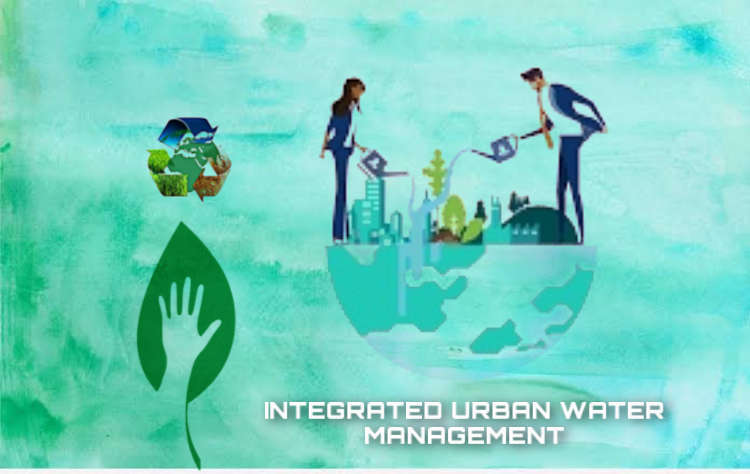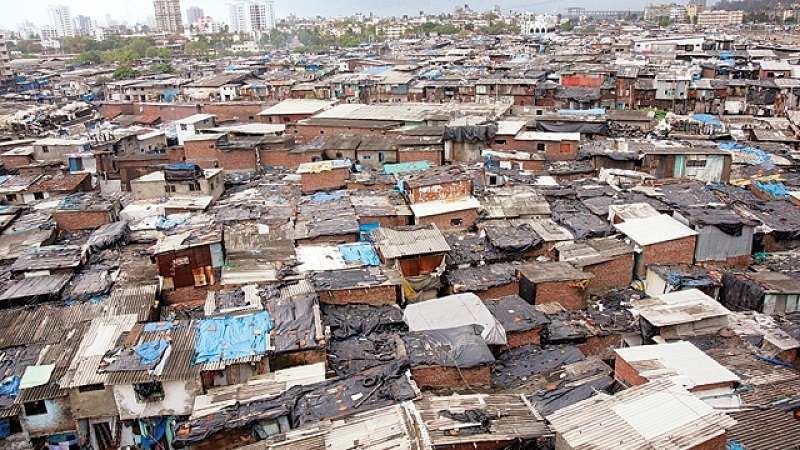RESILIENT INFRASTRUCTURE THROUGH INNOVATION AND TECHNOLOGY
As we move towards a more developed society, we actively exploit more and more resources that the planet has to provide and it becomes vulnerable to the adversities of climate change and disasters. The ultimate goal remains to make the development sustainable so that we do not stagnate the growth but work towards building a resilient global village. In order to achieve this goal, technology can act as a catalyst in the process of building disaster resilient infrastructure. Developments in the area of IoT, AI, and fifth generation (5G) wireless network, Big Data, and innovations in such areas as robotics and drone technology are transforming many fields, including disaster risk reduction and management. An excellent example of this is use of Internet of Things for river flood control. In Colombia there was a flood in May 2015 which triggered a landslide and caused the death of 80 people. Colombia Government National Unit for Disaster Risk Management took a step to mitigate future occurrences for which they partnered with a private company that used sensors to detect the rise in level of water and air temperature, this sensor were an early warning system which used IoT technology to give signals and they were charged by solar energy. So this completely sustainable and economical take by the government of Colombia was a great move back in 2017.
Chomoli, Uttarakhand saw a disastrous snowfall in February 2021 where hundreds of people went missing and colossal loss of life and property was witnessed by locals and tourists. Three students from Varanasi, India constructed a “Glacier Flood Alert Sensor System” to warn people before such natural disasters. This Alarm can be installed on the roads between cities and villages and on the mountainsides. Anytime the rivers break down and the glacier bursts, this sensor alerts the people of the village in the remote areas within a second. It works on solar power and can function well for six months on a single charge of one hour. Such innovations build resilient states and propagate disaster preparedness among the communities.
Airports are one of the most important infrastructures that help the nation grow economically and keep countries of the world accessible to each other. Whether it's after Typhoon Haiyan in the Philippines or the massive twin earthquakes in Nepal, airports often become vital hubs where terrified people seek a passage out and where incoming aid is coordinated and distributed. Often the high volume of relief goods and personnel, combined with the overall burden of the disaster, are more than many airports are equipped to handle. The air traffic that is caused during crises surmounts the preparedness of the staff and infrastructure. According to a UNDRR Report from 2015, Nadi airport, built in the 1940s, is Fiji’s gateway to the world and when Cyclone Evan forced it to suspend flights in 2012 the tourism industry as well as many other sectors took a big knock. The government made it a priority to strengthen the infrastructure of Fiji and thus invested huge sums in building higher quality infrastructure with a community of risk informed human resources. They conducted various government aided workshops for the same and created a long term vision to deal with the losses. This helped the country emerge stronger and build resilient infrastructure to protect the nation from future crisis. Relief measures by neighboring countries act as an instant safety net in reducing the immediate and chronic damage, the exchange of technology and equipment, and even man power at the worst times is possible only due to an efficient air transport system, thus strengthening the airport infrastructure is an important step in the right direction as it helps foster global exchange and aid.
Power grids can most certainly be referred to as the backbones of a country’s infrastructure as it plays a vital role in ensuring the smooth functioning of most other infrastructure systems like, telecommunications, transport infrastructures like locomotives and the water supply infrastructure in some cases. Power grids are prone to damage from most natural disasters like earthquakes, cyclones and floods and have the potential to cause catastrophic damage if mishandled. The overall quality of grids has to be constantly upgraded to ensure a resilient power grid; though avoiding damage is a crucial step in the direction of constructing resilient power grids, constructing a grid that can sustain the damage and require minimum resources to repair and renew is the challenge that nations have to cater to. According to a report of Power Grid Corporation of India Limited September, 2015, Hud – Hud, super cyclone hit Andhra Pradesh coastline in Vishakhapatnam in October 2014. The wind speed that hovered around 110 to 140 kmph from morning to late in the evening, brought down about 12,000 poles in Visakhapatnam city alone and over 40,000 in the three districts of Visakhapatnam, Srikakulam and Vizianagaram. Main 400 KV substation at Kalapaka of AP Transco, from where power is supplied to Visakhapatnam, had been extensively damaged. Even the alternate source of 220 KV Visakha Switching Station was damaged and until that was restored there was no power supply. Tens of thousands of electric poles were uprooted. Restoration of poles took even more time due to lack of quality tested poles and other inventories in the stock. One of the most efficient ways to equip power systems to resist damage is modifying the Mobile Substations; Mobile Substations’ deployment capability (roughly 12 to 24 hours) is a major advantage to utilities. This flexibility allows them to be switched from one task to another relatively easily and they can be used to restore power supply in disaster affected areas in 12-24 hours which otherwise may take several days to weeks. Though Power Grids are susceptible to chronic damage, countries from all over the world have put forth innovative applications to safeguard them. European countries like Belgium, France and Italy have tried to adopt the Dynamic Line Rating system to build resilient grids. Dynamic line rating (DLR) reduces congestion on power lines, optimizes asset utilization, improves efficiency and reduces costs. These permits increased solar and wind integration, reduces curtailment for these variable renewable energy (VRE) sources and makes power generation dispatch more cost-effective.
With natural disasters have enormously increased and climate change posing
great threat to human settlements and the ecosystem, sustainability can be
achieved by having a vision of building disaster resilient infrastructure globally
and by incorporating technology and innovation in this vision as a base can
help us make the planet a more resilient place.
Related Articles

LOW CARBON CITY

Integrated Urban Water Management

WATER RESOURCE MANAGEMENT: A TAP STRATEGY

A NEED TO UPGRADE THE SLUMS




